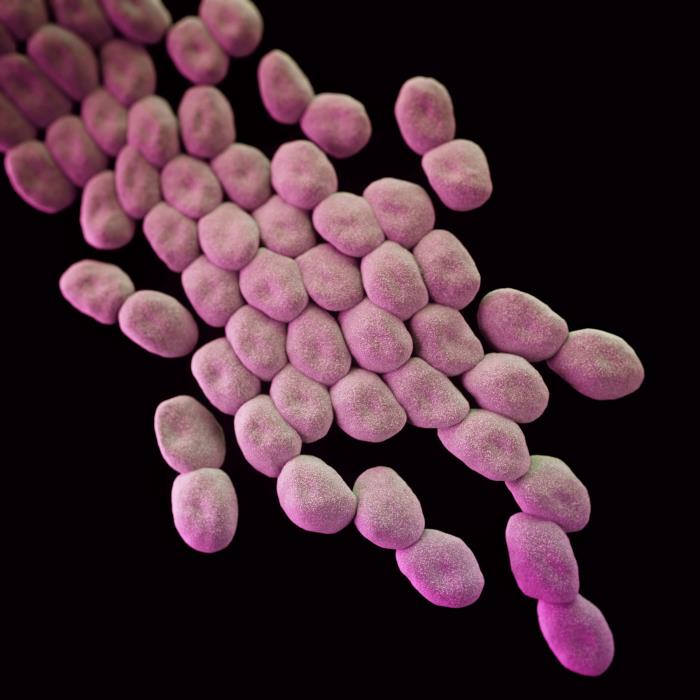In the first national study of the prevalence of antibiotic-resistant Acinetobacter baumannii infections in children across the US, researchers from Center for Disease Dynamics, Economics, & Policy (CDDEP) in Washington, DC and Rush University in Chicago, IL examined national and regional trends of antibiotic resistance in clinical specimens over a 13-year period.

While there was an overall increase between 1999 and 2012 in the proportion of isolates of A. baumannii that were resistant to cephalosporin and carbapenem, the authors noted a slight decline after a peak in 2008. The decrease may be attributable to a combination of antibiotic stewardship guidelines released in 2007 and infection control guidance specifically designed to combat multi-drug resistant A. baumannii in healthcare settings.
Infections caused by drug-susceptible A. baumannii are difficult to treat and the emergence of resistance has made treatment even more challenging. Highly resistant A. baumannii infections are increasingly being reported worldwide.
The study found that the crude proportion of cephalosporin-resistant A. baumannii increased from 13.2% in 1999 to 23.4% in 2012, whereas the proportion of carbapenem-resistant A. baumannii increased from 0.6% in 1999 to 6.1% in 2012. From 1999 to 2012, the proportion of cephalosporin-resistant and carbapenem-resistant A. baumannii increased each year by 3% and 8%, respectively; however, after 2008, a downward trend was observed, but resistance remained higher than was observed in 1999.
“Acinetobacter are bacteria known to cause serious infections that are notoriously difficult to treat because of growing antibiotic resistance,” according to Dr. Latania K. Logan of Rush University Medical Center. “The bacteria survive for long periods in the environment. Further studies are needed to assess the most effective prevention strategies in children, who are particularly vulnerable to A. baumannii.”
“It is encouraging to see a downtrend after 2008, but we need to continue to monitor resistance trends,” said study co-author Dr. Sumanth Gandra of CDDEP. “The lack of new drugs to treat Acinetobacter remains a concern,” he said.

